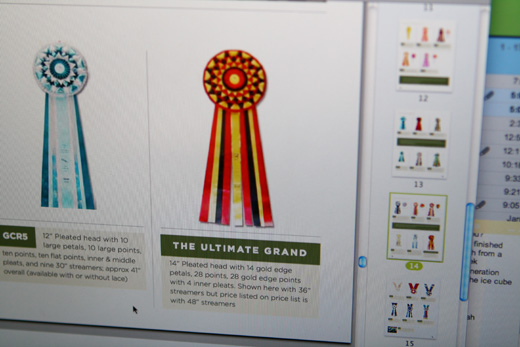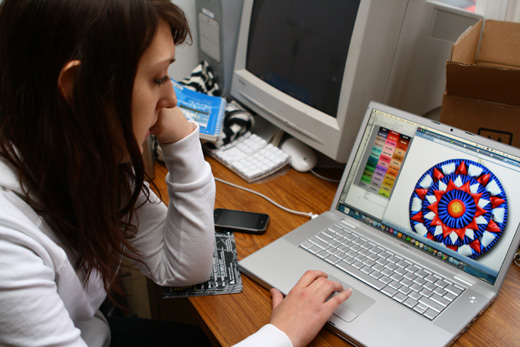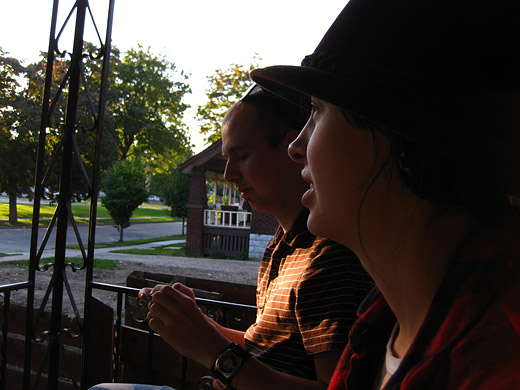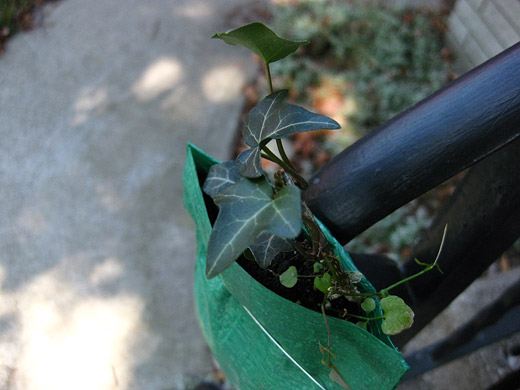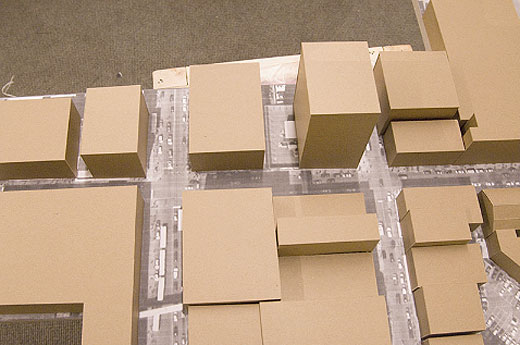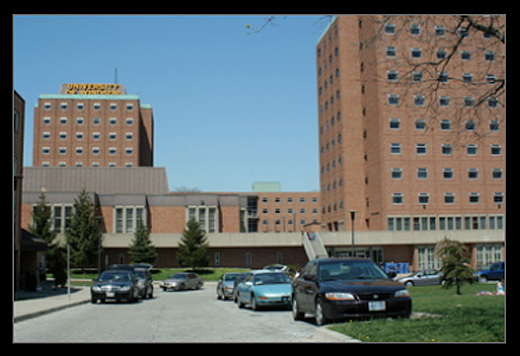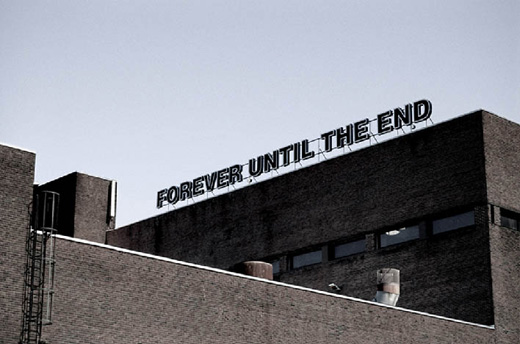
This week is Humanities Week 2009, presented by Humanities Research Group (HRG), and it’s focusing on urbanism, cities, and the past and the future of Windsor / Detroit.
Here’s the rundown of the events, which I copied / cut / pasted, so please excuse the list:
Tuesday 22 September • Philosophers’ Café 8pm • Phog Lounge, 157 University Avenue West
Come participate in a wide-ranging discussion concerning cities, their possible futures, and the future of Windsor with Justin Langlois [Broken City Lab], Tom Lucier [Phog, tomlucier.com], Melinda Munro [City of Windsor], and Jeff Noonan [Philosophy, University of Windsor]. Cash bar.
Wednesday 23 September • MASSH Lecture 4.30pm • Room 1115, Medical Education Building, University of Windsor
In the first of the MASSH Lecture Series [Medical Arts, Social Sciences, and Humanities], Steven Palmer, Canada Research Chair in the History of International Health with Steve Malone, graduate student, Department of History will speak on the history of medicine in Windsor and Detroit, in a talk entitled “Border Cities Medicine: Towards a History of Medical Practitioners in Windsor.” A free reception follows in the atrium of the Medical Education Building.
This event is co-sponsored by the Schulich School of Medicine and Dentistry, Windsor Programme, the Canada Research Chair in the History of International Health, and RREHS, Reason, Rhetoric, and Ethics in the Human Sciences.
Thursday 24 September • HRG Distinguished Speakers’ Series 7.30pm • Freed Orman Centre, Assumption University
Jerry Herron, professor of English and American Studies, Wayne State University, will talk on the contemporary history of Detroit. “Borderama Detroit” will explore the city as a spectacle, and what Detroit, that ‘life-in-death’ city, means for the future of urban areas around the world.
Friday 25 September • HRG Colloquium 10am • Location to be communicated
“How Not to See Detroit: What Tourists Always Get Wrong When They Come to Look at Us, and What One Got Exactly Right” is a wide-ranging discussion with Jerry Herron about Detroit and the way it has been documented by the photographer Corine Vermeulen-Smith. Seating is limited; contact the HRG office for more information and to register.
Tuesday 22 September • Philosophers’ Café 8pm • Phog Lounge, 157 University Avenue West – Come participate in a wide-ranging discussion concerning cities, their possible futures, and the future of Windsor with Justin Langlois [Broken City Lab], Tom Lucier [Phog, tomlucier.com], Melinda Munro [City of Windsor], and Jeff Noonan [Philosophy, University of Windsor]. Cash bar.
Wednesday 23 September • MASSH Lecture on the history of medicine in Windsor and Detroit, in a talk entitled “Border Cities Medicine: Towards a History of Medical Practitioners in Windsor.” Lecture 4.30pm • Room 1115, Medical Education Building, University of Windsor
Thursday 24 September • HRG Distinguished Speakers’ Series 7.30pm, Jerry Herron, professor of English and American Studies, Wayne State University, will give a talk entitled, “Borderama Detroit,” which will explore the city as a spectacle, and what Detroit, that ‘life-in-death’ city, means for the future of urban areas around the world. • Freed Orman Centre, Assumption University
Friday 25 September • HRG Colloquium 10am • Location to be communicated – “How Not to See Detroit: What Tourists Always Get Wrong When They Come to Look at Us, and What One Got Exactly Right” is a wide-ranging discussion with Jerry Herron about Detroit and the way it has been documented by the photographer Corine Vermeulen-Smith. Seating is limited; contact the HRG office for more information and to register.
There’s a lot going on this week, so contact HRG for more information on any specific part of the activity you see listed above, but plan to attend at least one of these events if your schedule permits!
